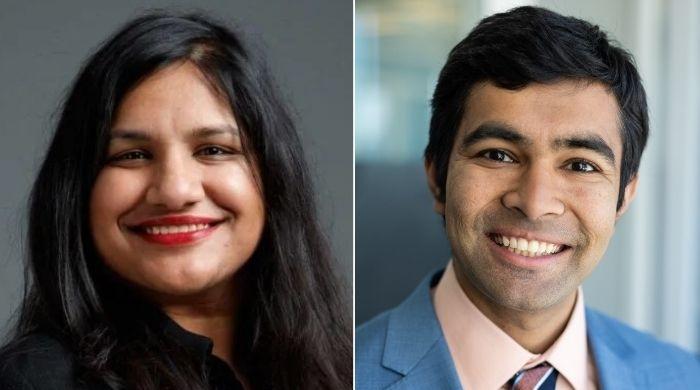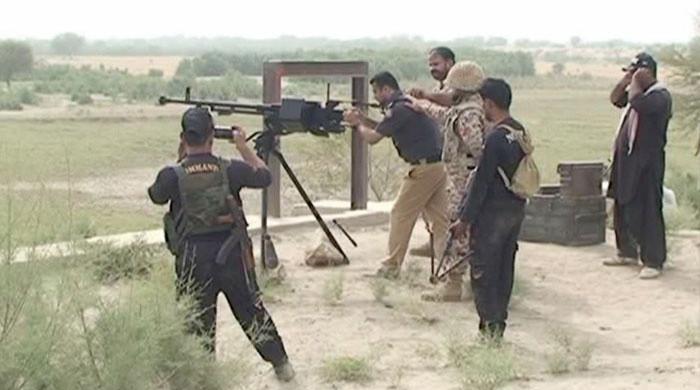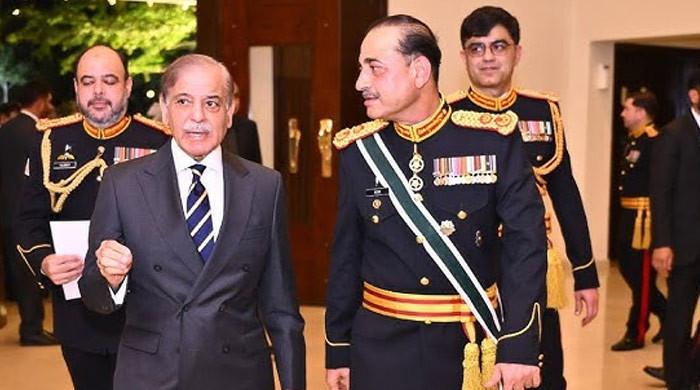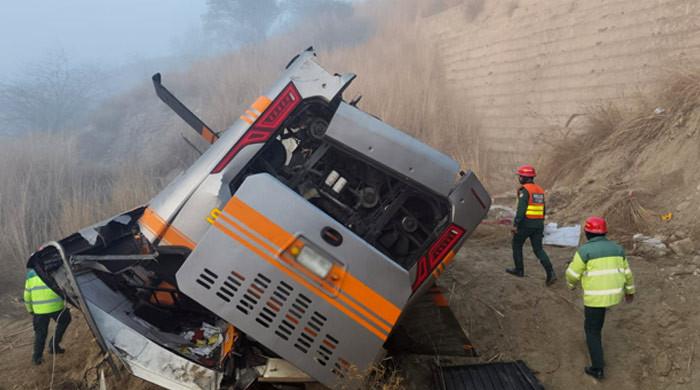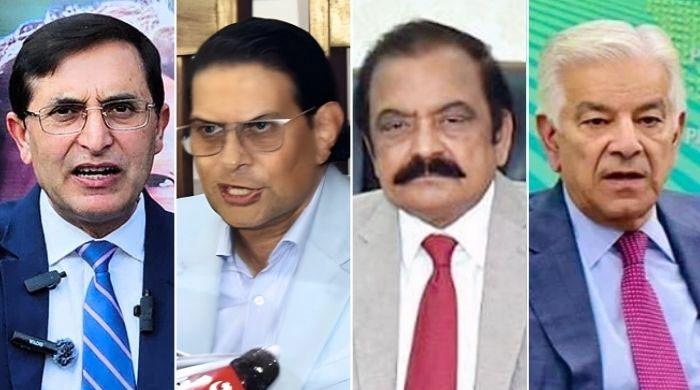Shehbaz Sharif’s political journey
Shehbaz has served as the chief minister of Punjab thrice
August 17, 2018
Mian Mohammad Shehbaz Sharif, 68, is the younger brother of three-term former Prime Minister Nawaz Sharif.
Born and raised in Lahore, the younger Sharif was first elected to the Punjab assembly from the political bloc of the Islami Jamhoori Ittehad (IJI) in 1988, from PP-122 (Lahore). In the 1990 polls, he contested and won a national and provincial assembly constituency – NA-96 and PP-124 - again from his home city. Sharif decided to vacate his provincial seat and choose to sit in the parliament instead. The same year his elder brother was elected the prime minister of Pakistan. However, his term was cut short after a power struggle between him and the then-president. Both were forced to resign and a fresh election was called in the latter half of 1993. After the general election, Shehbaz Sharif returned to the provincial assembly and served as the leader of the opposition.
In the following polls, in 1997, the younger Sharif moved from the front-benches in the provincial house to rule Pakistan’s most populous and political important province, Punjab. But his first stint as chief minister only lasted two years as he was ousted from power in a bloodless coup by Gen. Pervez Musharraf. The brothers were then sent into exile.
Eight years later, the Sharifs returned to Pakistan. The following year Shehbaz Sharif was successfully elected to the Punjab assembly from PP-48, Bhakkar in Punjab. Thereafter began his second elevation to the office of chief minister.
In 2013, his brother’s political party, the Pakistan Muslim League-N, swept to power in the centre and in Punjab. Sharif scooped up three provincial and one parliamentary seat. Keeping his constituency win in PP-159 (Lahore), he was elected as the head of the province for a third time, making him the longest-serving chief minister of Punjab to date.
Last July, after his brother, resigned from the office of prime minister following a Supreme Court verdict, and the court’s decision to strike down an amendment which allow a disqualified person to remain as the head of a political party, Shehbaz Sharif was appointed the president of the PML-N. In the run-up to the July 25 ballot, he spearheaded the party and led its nationwide election campaign. While he lost in three national assembly constituencies, he managed to pick up NA-132 (Lahore) and two Punjab seats. But post-polls, his party was relegated to the second largest party in the country after Imran Khan’s Pakistan Tehreek-e-Insaaf (PTI) pulled out a victory in the parliament and two provinces.
As the new government is being formed, Sharif has decided to retain his national assembly constituency and his party has fielded him as the opposition candidate against Khan, PTI’s chairman. Till last week, the PML-N president had the backing of three other political parties in the parliament – the Pakistan Peoples Party, the Muttahida Majlis–e–Amal and the Awami National Party. However, the PPP has withdrawn its support and will be abstaining from the vote today.




